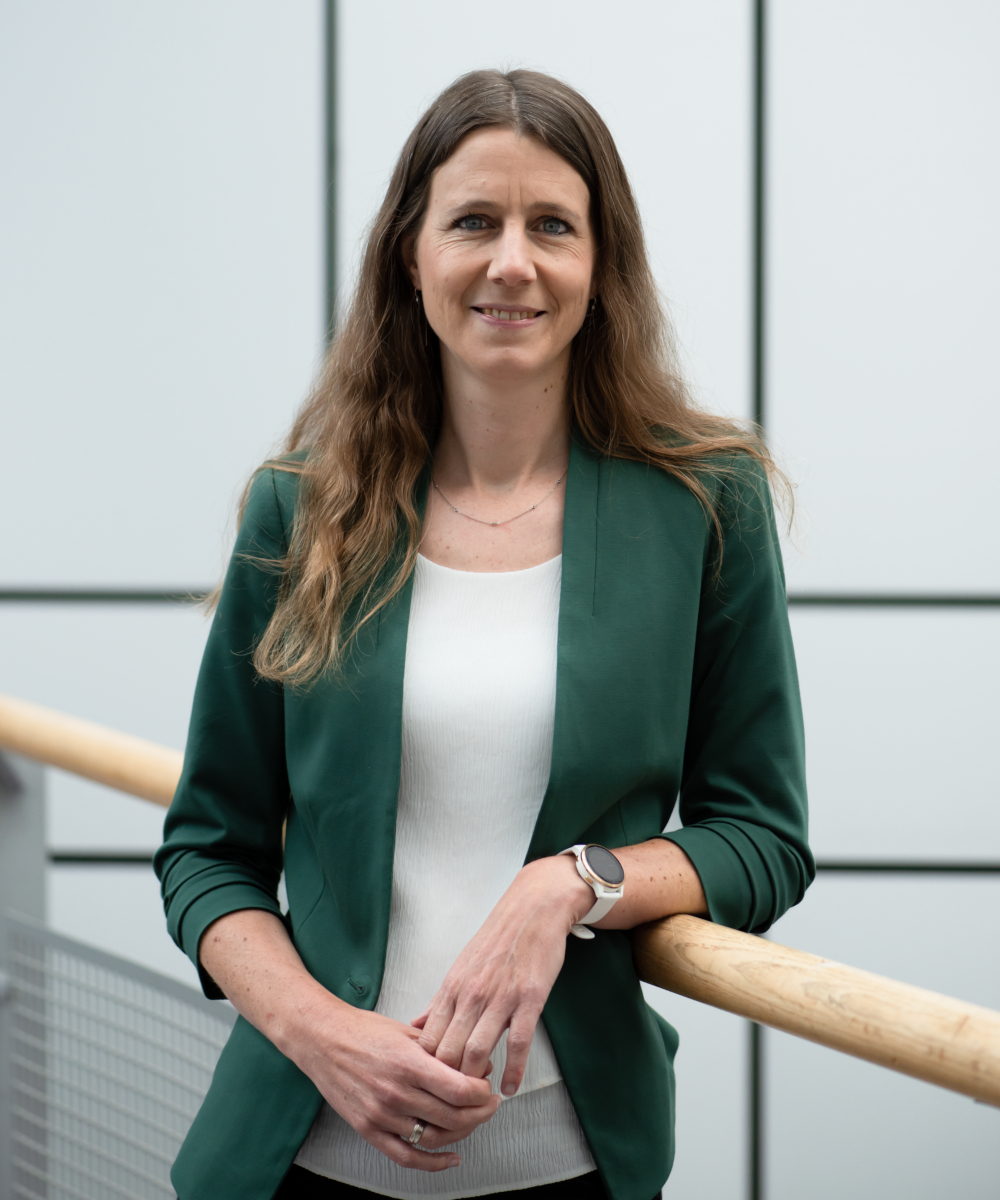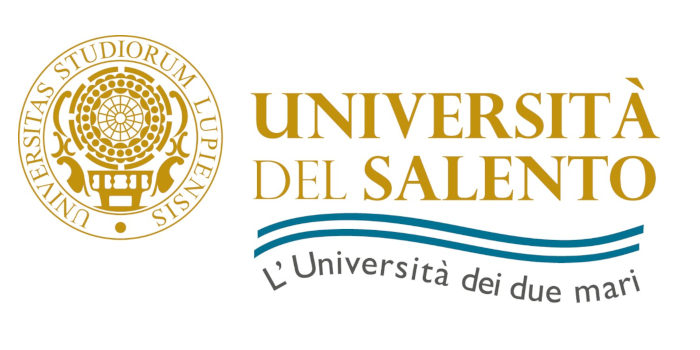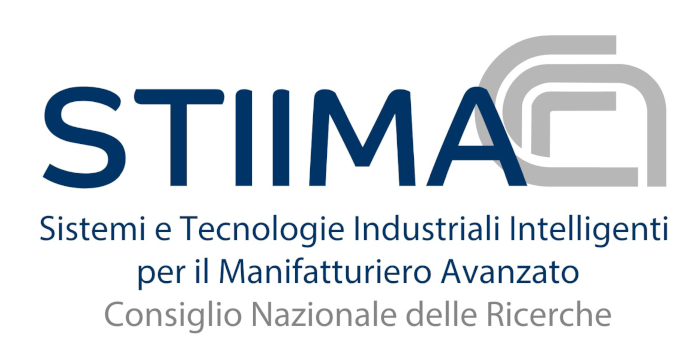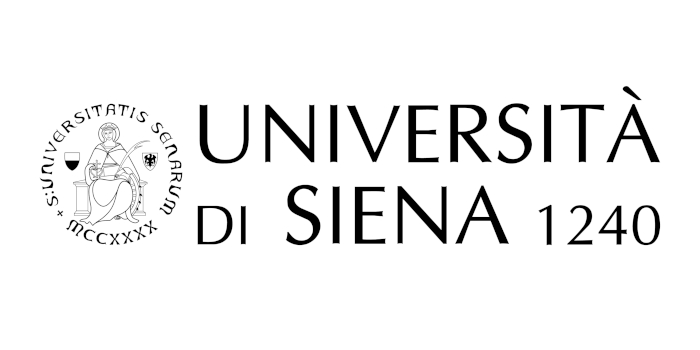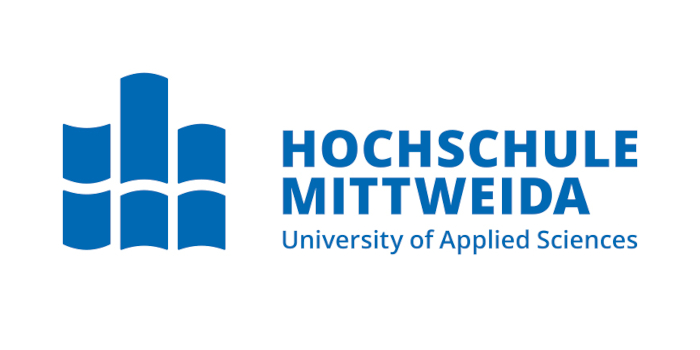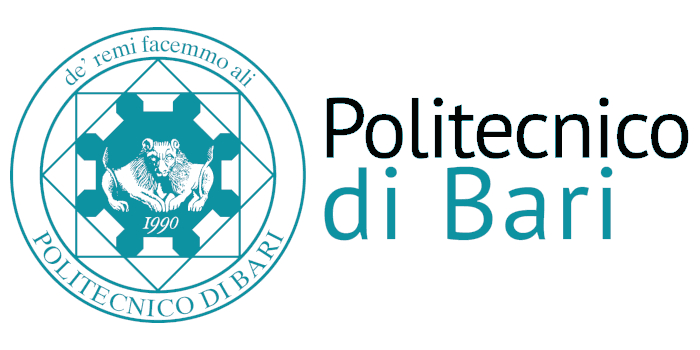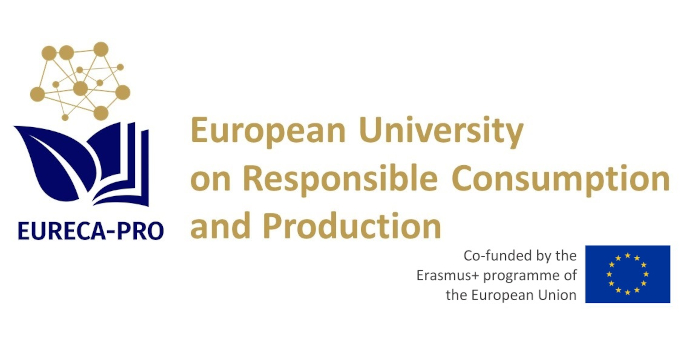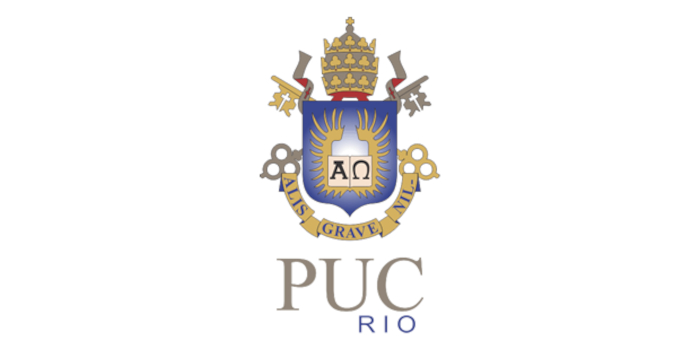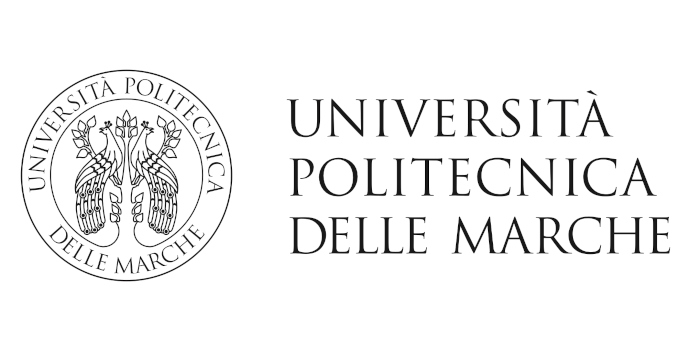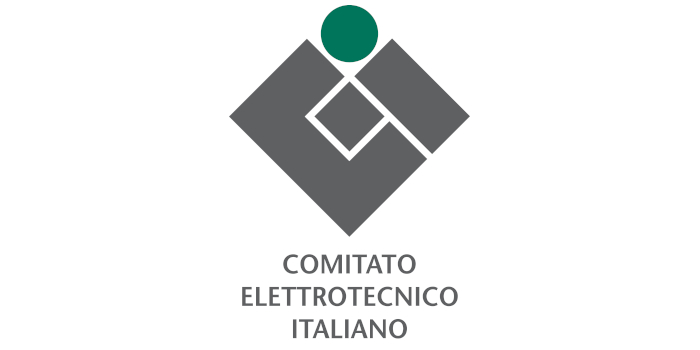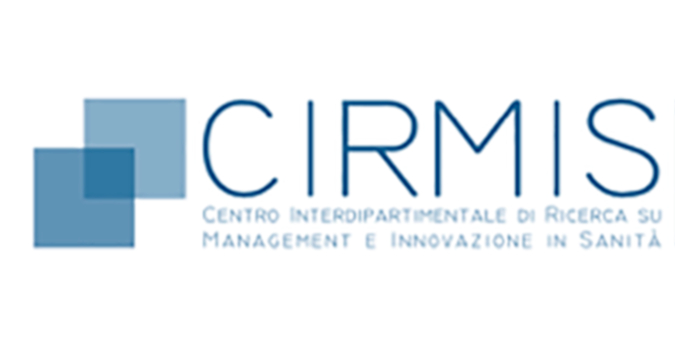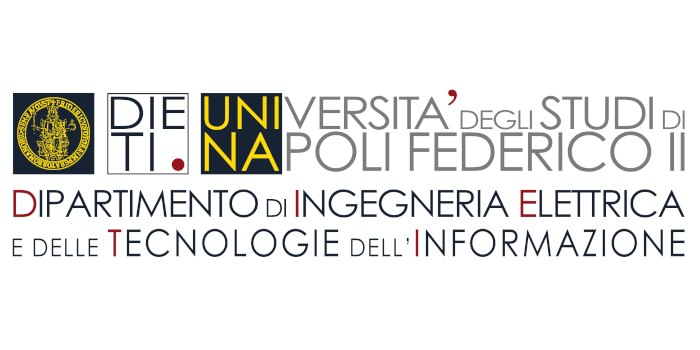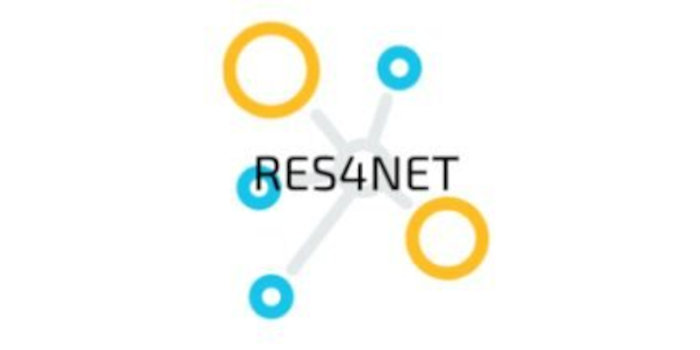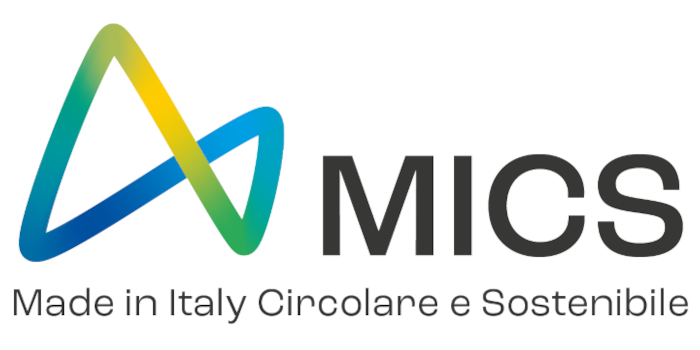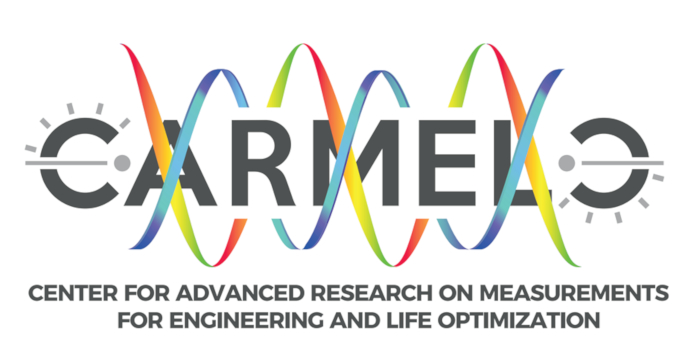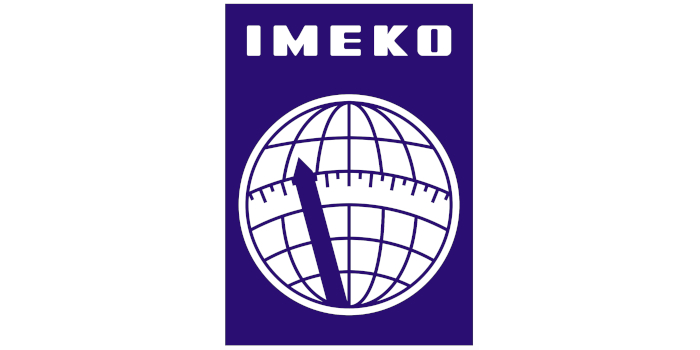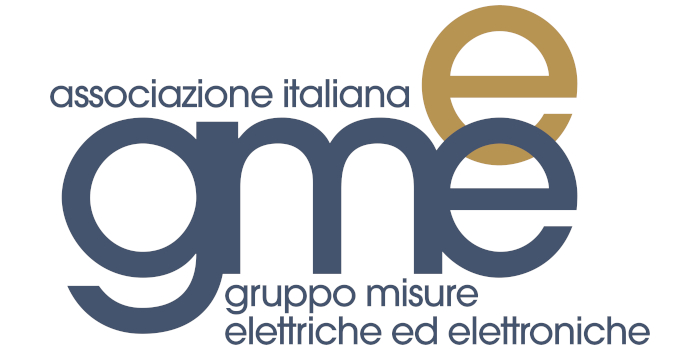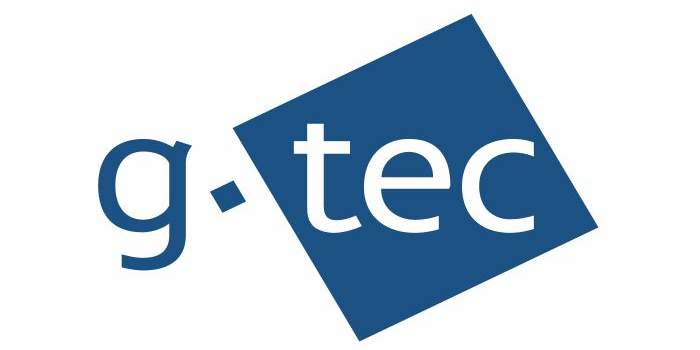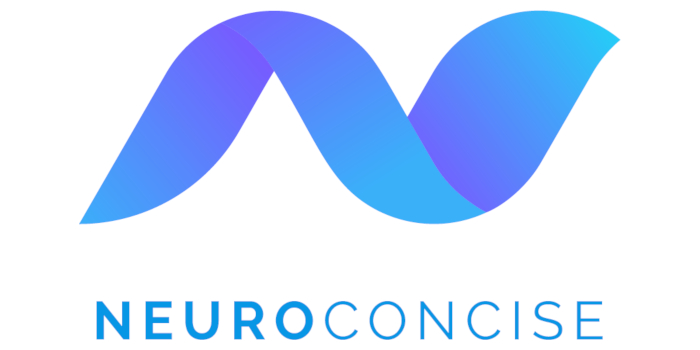Implanted Brain-Computer Interfaces for Communication: Into the Real World
Mariska Vansteensel
University Medical Center Utrecht, the Netherlands
President of BCI Society
ABSTRACT
The last years have witnessed promising demonstrations of the potential of implanted Brain-Computer Interfaces for alleviating the communication impairment of people with late-stage amyotrophic lateral sclerosis and brainstem stroke. An important next step before this technology can be clinically applied is the validation of this technology in settings of daily living of end-users. I will discuss results of the Utrecht Neural Prosthesis (UNP) study, which aimed to accomplish independent home use of an electrocorticography (ECoG)-based BCI by people with severe motor and communication impairment. Using data of the participants of this study, I will illustrate the value of this technology, as well as the significant challenges associated with real-world implementation of BCIs for communication, including 24/7 efficacy and the effect of etiology on the neural signals for BCI control.
SPEAKER BIOGRAPHY
Mariska Vansteensel, PhD, is an Assistant Professor at the UMC Utrecht Brain Center in Utrecht, The Netherlands. She is also the current President of the International BCI Society. Her main research goal is to use the wealth of neuroscientific knowledge directly for the benefit of people with disease or disability. The main focus of her research since 2007 has been the development and validation of implantable electrocorticography (ECoG)-based Brain-Computer Interfaces (BCI) for communication in individuals with severe motor and speech impairment. She has conducted research on the proof of concept, working with epilepsy patients who receive ECoG electrodes for diagnostic purposes and on the first worldwide investigation of the use of fully implantable BCIs in settings of daily living of people with severe motor impairment. In her current research, she utilizes the detailed organization of the sensorimotor areas to accomplish higher-dimensional ECoG-BCI control and faster and more efficient BCI-based communication. She believes that BCI research and development should take a user-centered approach, so that the developed devices match the actual needs and requirements of end-users and their caregivers. In addition, she aims to contribute to responsible clinical implementation of BCIs by drawing attention to a need for standardized reporting, by trying to increase the involvement of clinicians and other BCI stakeholders in the development of this technology and by engaging in discussions related to important ethical dilemma’s related to implanted BCIs for people with severe motor impairment. Finally, she recently established a research line to assess the potential of implanted BCI technology for pediatric populations with motor and speech impairment.


